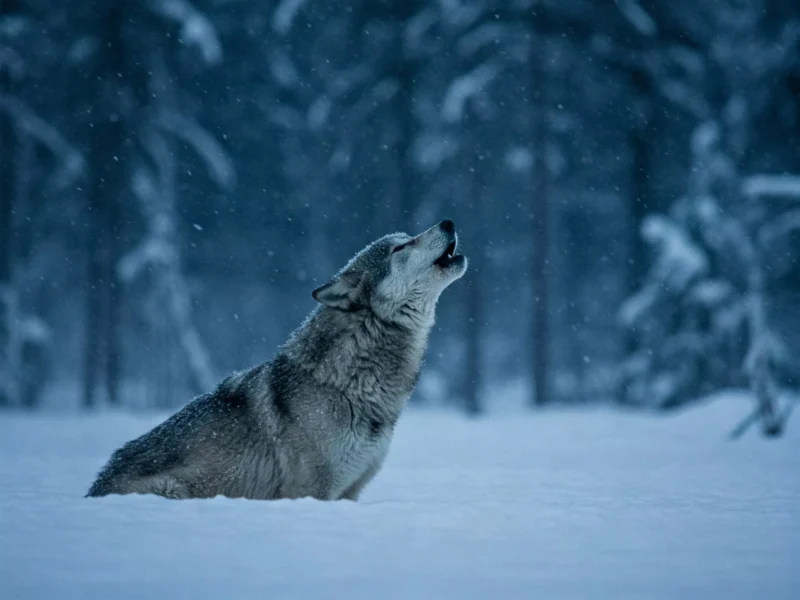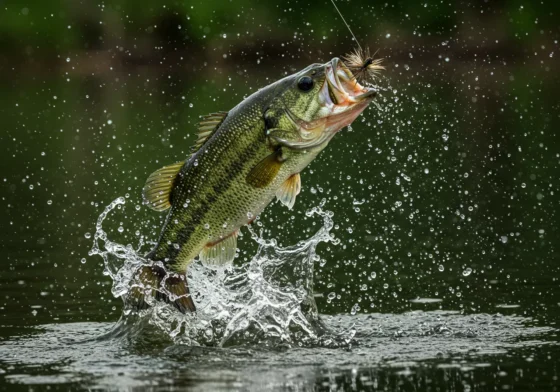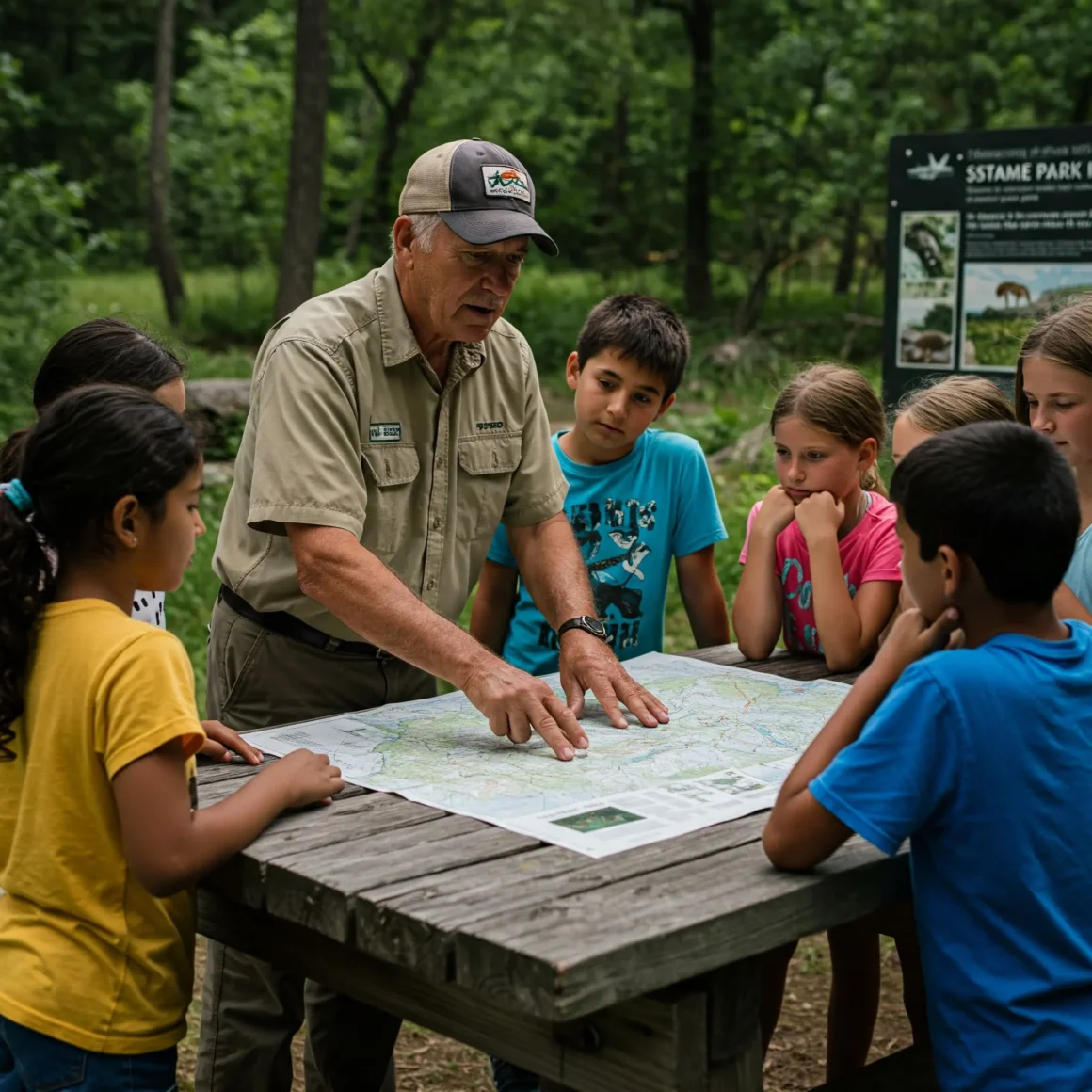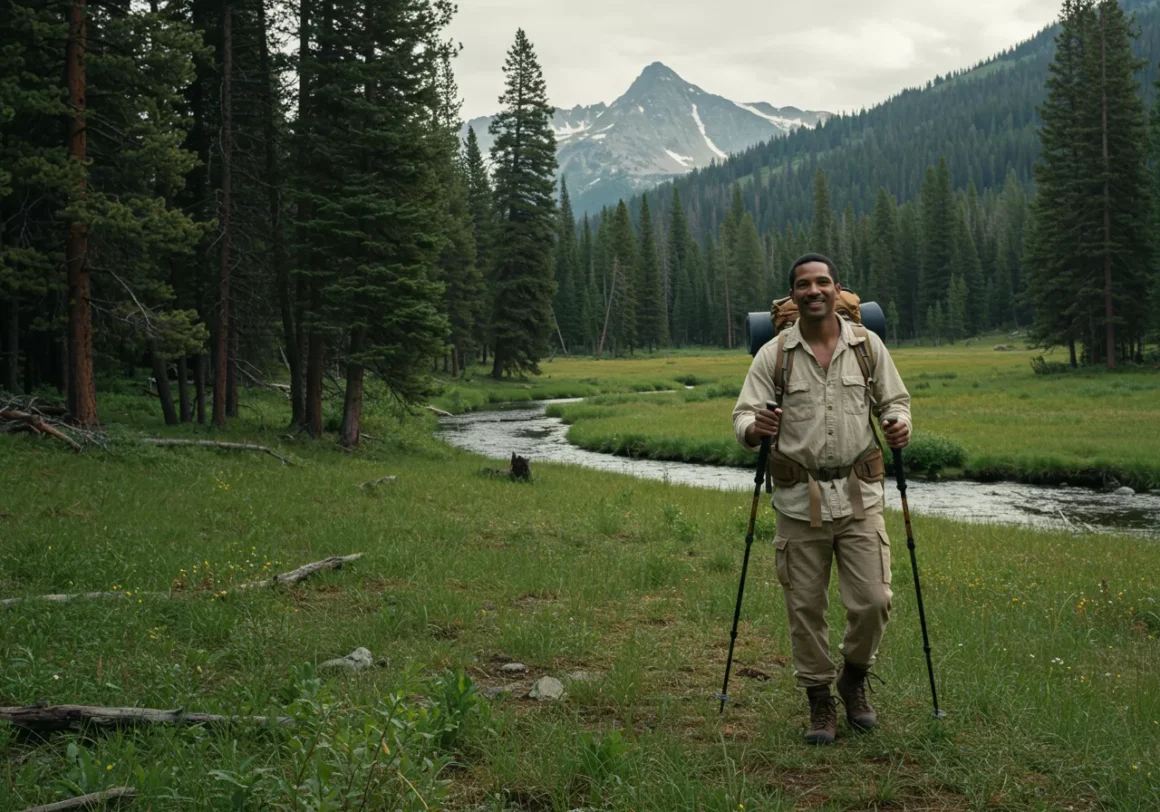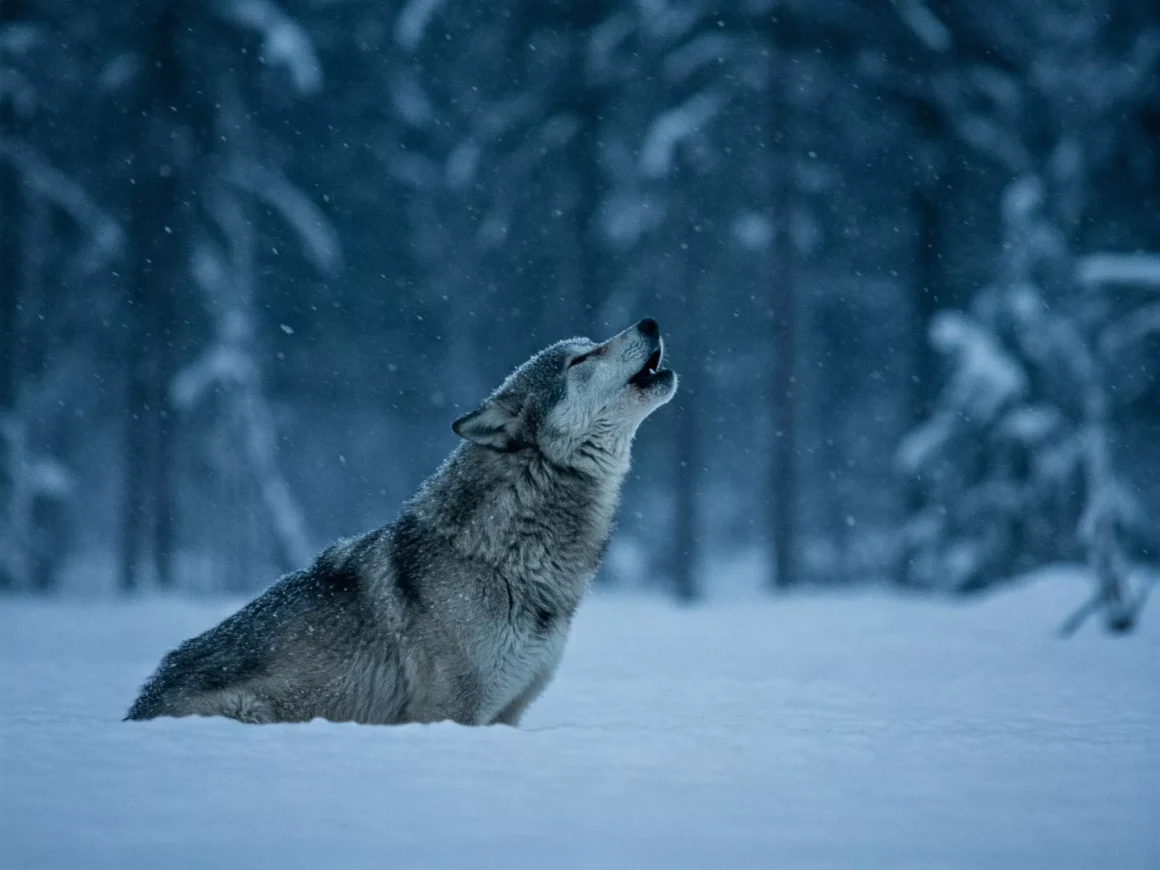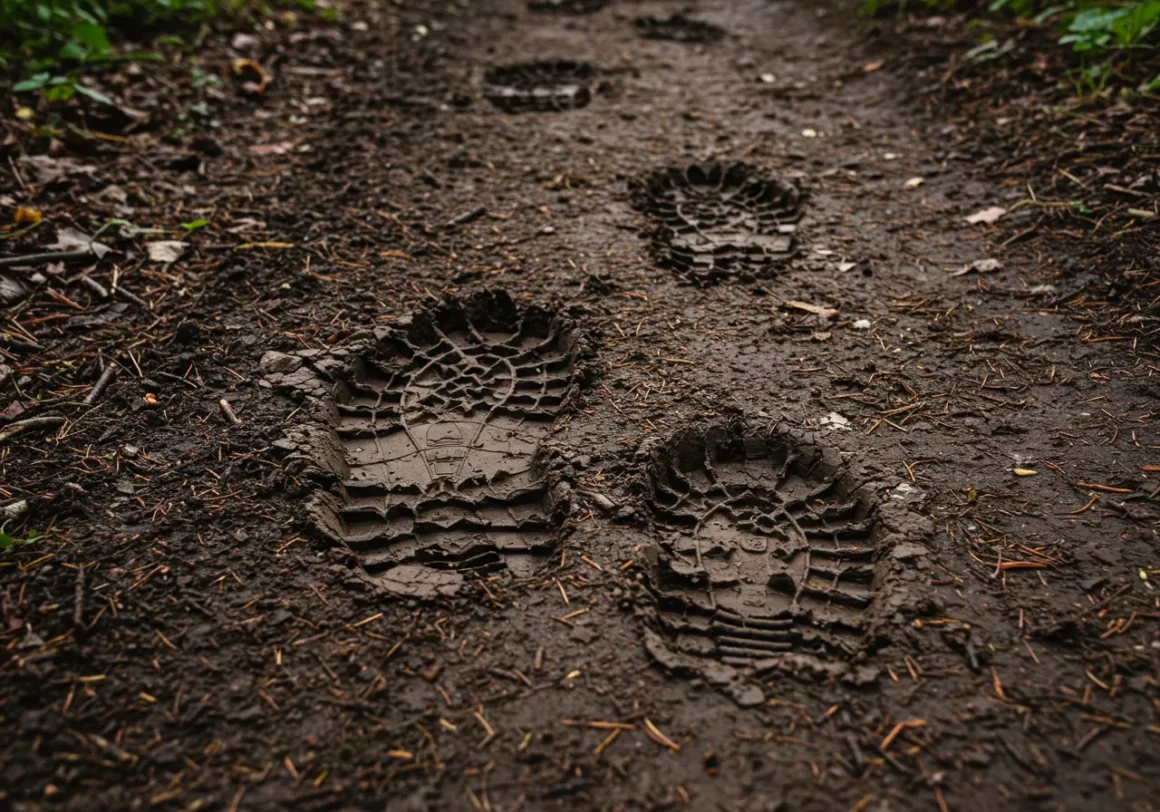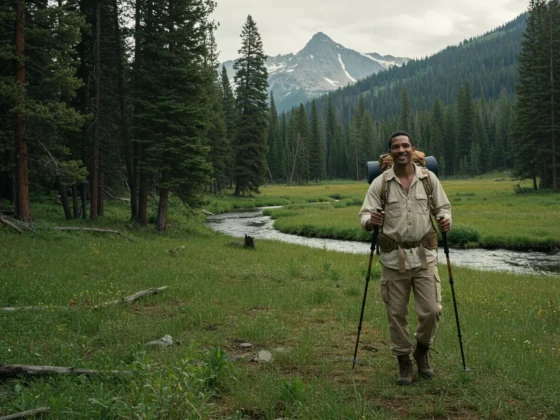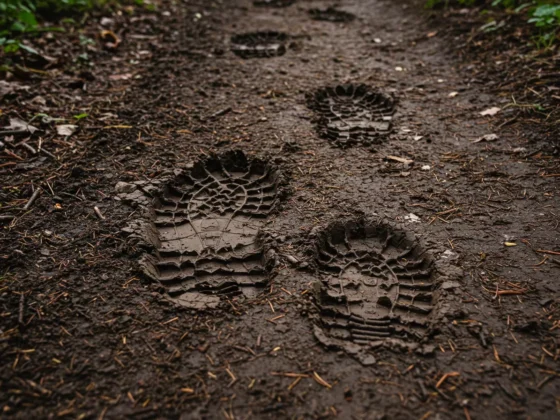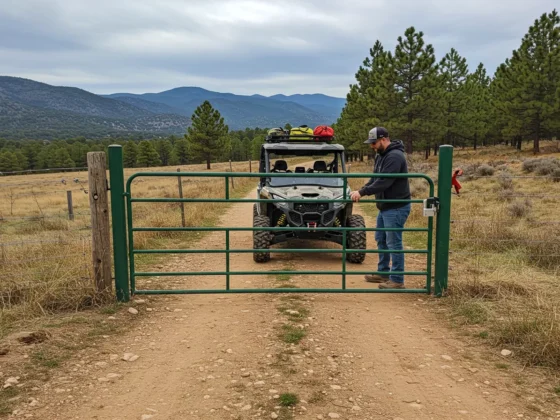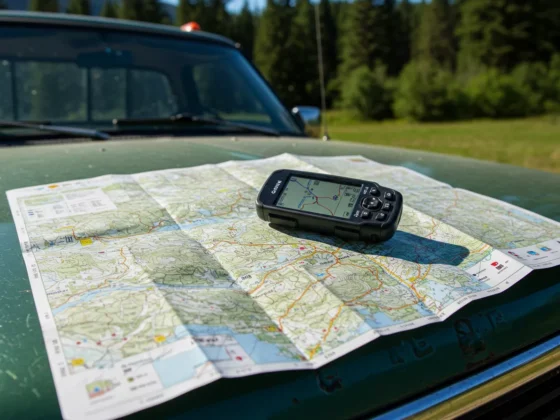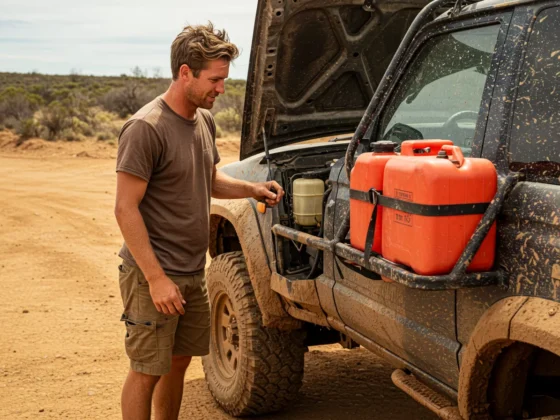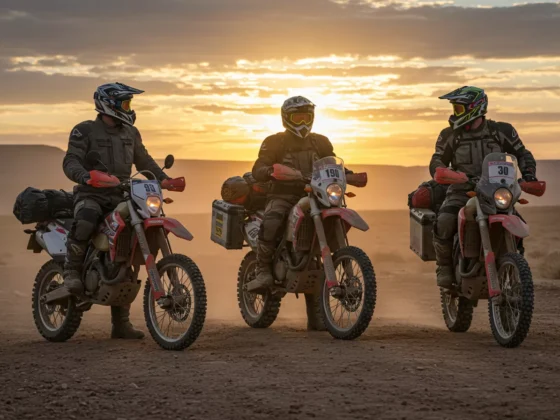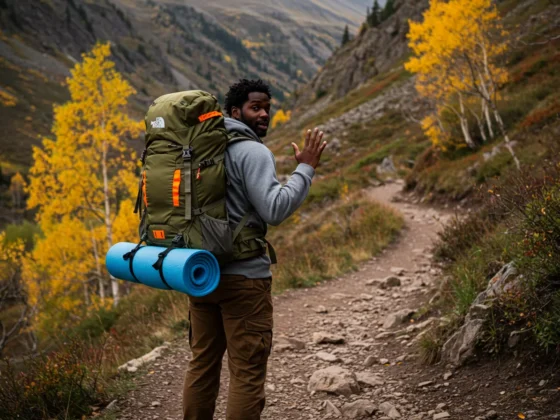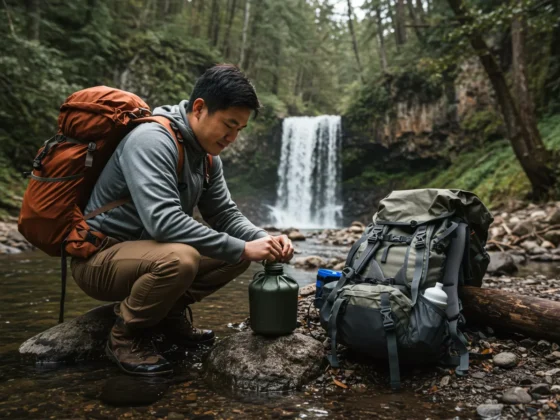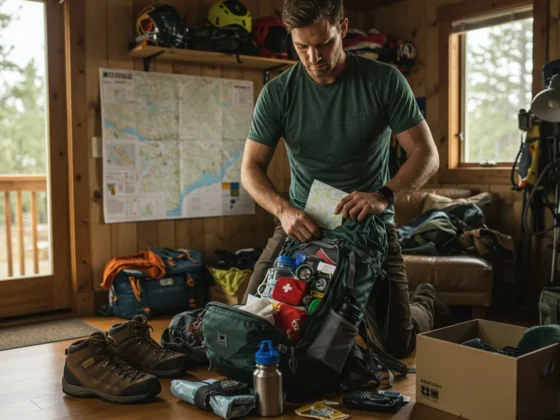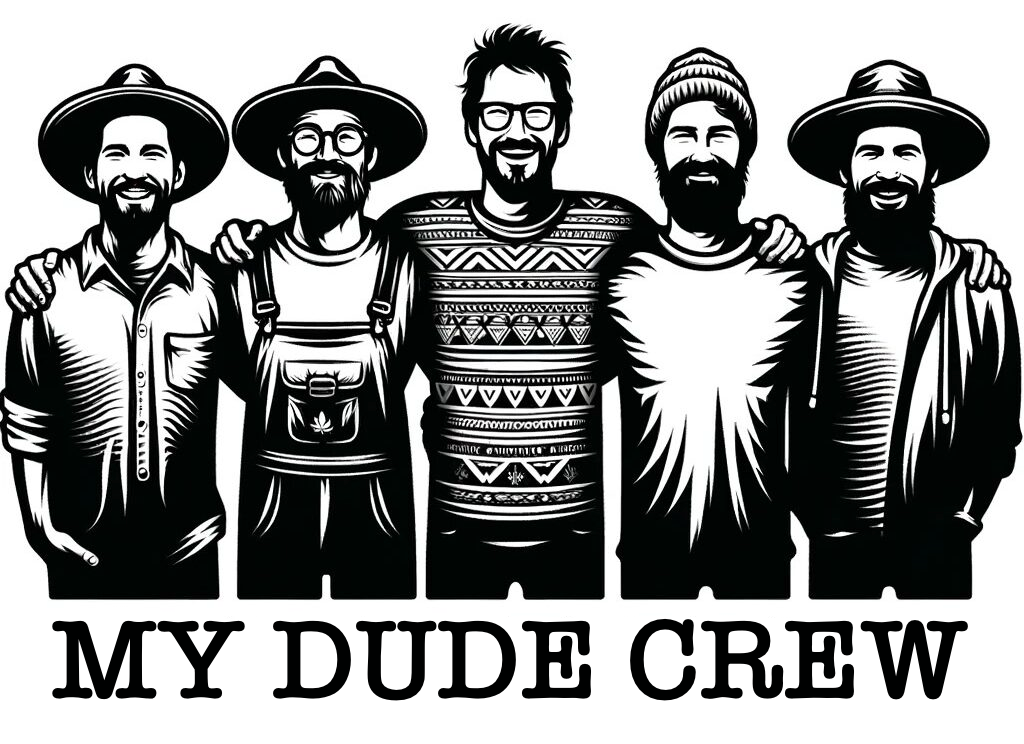Alright folks, let’s talk about something near and dear to any true outdoors person’s heart: sharing the wild places we love with the critters who call ’em home. It ain’t just about getting a cool photo or checking a species off your list; it’s about being a good neighbor, ensuring these wild spaces and their inhabitants thrive long after we’ve packed up and headed back to the hustle and bustle.
Think of it like this: when you step into the woods, onto a trail, or paddle a quiet waterway, you’re a guest in someone else’s house. And a respectful guest doesn’t track mud through the living room, raid the pantry, or harass the homeowners.
So, how do we make sure our encounters are “ethical”? It boils down to a few key principles, baked right into the fabric of being a responsible outdoors enthusiast.
Giving Critters Their Due: The Golden Rules
First and foremost, and this is a hill I will happily stand on: Give wildlife space. This isn’t just about safety, though a startled mama bear or a cornered elk can certainly make for a bad day. It’s about minimizing stress on the animal. When you crowd them, they might stop feeding, abandon a nest, or expend precious energy they need for survival, especially during tough seasons.
- The “Rule of Thumb”: A good general guideline, especially for smaller critters, is if you can’t cover the entire animal with your thumb held at arm’s length, you’re likely too close. For larger animals like bears, moose, or elk, think even bigger distances – we’re talking football field lengths, folks. Err on the side of caution.
- Their Behavior is Your Cue: Watch the animal. If they stop what they’re doing, become alert, or worse, start to move away or act agitated (stomping feet, lowered head, flattened ears), you’re absolutely too close. Back away slowly and quietly.
Secondly, and this should be as ingrained as checking your bootlaces: NEVER, ever feed wild animals. I don’t care how cute that squirrel is or how hungry that deer looks. Human food is generally bad for them – it can cause digestive problems and nutritional deficiencies. More importantly, it habituates them to humans. An animal that associates people with food is more likely to approach roadsides, campgrounds, and populated areas, which rarely ends well for the animal (or sometimes, for the human). Keep wildlife wild by letting them find their own grub. Secure your food and trash like your snacks depend on it – because the animals’ safety does. Bear canisters, Ursacks, or properly executed bear hangs aren’t just for bear country; they’re good practice anywhere curious critters roam.
Treading Lightly: Respecting Their Home
It’s not just the animals themselves, but the places they live that deserve our utmost respect. Their habitat provides food, shelter, and everything they need to survive.
- Stick to the Path: Trails are there for a reason. They concentrate human impact, protecting the surrounding vegetation and soil that countless species rely on. Cutting switchbacks or bushwhacking through sensitive areas might seem harmless, but it degrades habitat, leads to erosion, and can disturb ground-nesting birds or fragile plant life.
- Camp on Durable Surfaces: When you’re setting up camp, aim for established campsites. If you’re in a more primitive area, choose durable surfaces like rock, gravel, or dry grass. Avoid pitching your tent right in the middle of a wildflower meadow or sensitive riparian zone.
- Proper Waste Disposal: This goes beyond just packing out your trash (which, by the way, includes things like apple cores and nut shells – they can take ages to decompose and can attract wildlife). For human waste, get at least 200 feet away from water, trails, and camp, and dig a cathole 6-8 inches deep. Cover it up properly. For greywater (dishwater), scatter it well away from water sources after straining out food scraps (pack those out too!).
Gear Insights: Tools for Ethical Encounters
Sometimes, the right gear can actually help you be more ethical in the wild.
- Binoculars and Spotting Scopes: These are your best friends for wildlife viewing. They let you get a “close-up” view without actually getting close enough to disturb the animal. Invest in a decent pair, and you’ll see so much more without leaving a trace.
- Telephoto Lenses: For the shutterbugs out there, a good telephoto lens is crucial. It allows you to capture stunning images of wildlife from a safe and respectful distance. Lay off the flash, too; it can be disorienting and stressful for animals, especially at night.
- Bear Canisters/Secure Food Storage: As mentioned, this is non-negotiable in many areas and just plain smart everywhere else. Keeping your food secure protects both you and the wildlife.
Common Pitfalls and How to Avoid ‘Em
We’ve all seen it, or maybe even unknowingly done it:
- “Just a little closer for the photo!” Resist the urge. That perfect shot isn’t worth stressing out an animal. Use your zoom!
- “They look hungry.” Your empathy is commendable, but feeding them is a death sentence in the long run.
- “It’s just one little flower/rock.” If everyone took “just one,” there’d be nothing left. Leave what you find for others to enjoy and for the ecosystem to function.
- Letting Pets Roam Free: Your well-behaved Fido might be a sweetheart at home, but in the wild, they can be perceived as a predator by wildlife, causing stress and potentially dangerous encounters. Keep dogs leashed, or consider leaving them at home in sensitive areas.
In Conclusion
Ethical encounters with wildlife and habitats aren’t about being a rigid rule-follower; they’re about cultivating an attitude of respect and mindfulness. It’s about recognizing that we are a part of the natural world, not separate from it, and that our actions have consequences. By giving wildlife space, never feeding them, and treading lightly on their home turf, we ensure that these incredible outdoor experiences remain available for generations to come, and that the wild residents can live their lives undisturbed. It’s a small price to pay for the immense privilege of sharing their world.

